| Weight | 1 lbs |
|---|---|
| Dimensions | 9 × 5 × 2 in |
| target | Human Bordetalla Pertussis IgA |
| species reactivity | Bordetella pertussis, Bordetella parapertussis |
| applications | Lateral flow (dipstick) |
| assay type | Indirect & qualitative |
| available sizes | 2x 20 test kits |
Human Bordetalla Pertussis IgA Lateral flow dipstick kit 5773
$487.00
Summary
- Mikrogen diagnostik lateral flow device (dipstick) for research use (RUO)
- Human Bordetalla Pertussis IgA Lateral flow dipstick kit 5773
- Suitable for IgA detection
- Ready-to-use
- 20 tests
Human Bordetalla Pertussis IgA Lateral flow dipstick kit 5773
| kit | ||||||||||||||||||
|---|---|---|---|---|---|---|---|---|---|---|---|---|---|---|---|---|---|---|
| Assay type Sandwich assay, lateral flow (dipstick) | ||||||||||||||||||
| Research area Infectious Disease | ||||||||||||||||||
| Sample type Serum, plasma, whole blood | ||||||||||||||||||
Components
| ||||||||||||||||||
| Storage Store at 2-8°C. | ||||||||||||||||||
| Additional information The Mikrogen recomLine Bordetella pertussis tests contain the two antigens pertussis toxin (PT or PT-100), specific for B. pertussis, and filamentous hemagglutinin (FHA), which all representatives of the Bordetella species possess. After screening by ELISA, the recomLine Bordetella pertussis IgG, IgA can be used to clarify inconclusive or positive ELISA results to determine infection status. Advantages
|
| target relevance |
|---|
| Organism Bordetella pertussis |
| Protein names Bordetella pertussis |
| Structure and strains Bordetella pertussis is a Gram-negative, aerobic, pathogenic, encapsulated coccobacillus of the genus Bordetella, and the causative agent of pertussis or whooping cough. Like B. bronchiseptica, B. pertussis can express a flagellum-like structure, even if it has been historically categorized as a nonmotile bacteria.[1] Its virulence factors include pertussis toxin, adenylate cyclase toxin, filamentous hemagglutinin, pertactin, fimbria, and tracheal cytotoxin. |
| Detection and diagnosis The ELISA technique is the most commonly chosen method for B. pertussis and B. parapertussis specific antibody determination in serodiagnosis and complements direct antigen detection. In over 90% of cases the IgG and IgA antibody responses are directed against the immunogens PT and FHA. Therefore, the SERION ELISA classic Bordetella pertussis IgG and IgA tests are based on antigen mixtures of PT and FHA. For the detection of IgM antibodies cellular bound lipopolysaccharid has outstanding diagnostic properties. Consequently, a whole-cell antigen preparation of B. pertussis is used in the SERION ELISA classic Bordetella pertussis IgM. |
Data
Publications
| pmid | title | authors | citation |
|---|---|---|---|
| We haven't added any publications to our database yet. | |||
Protocols
| relevant to this product |
|---|
| 5773 protocol |
Only logged in customers who have purchased this product may leave a review.
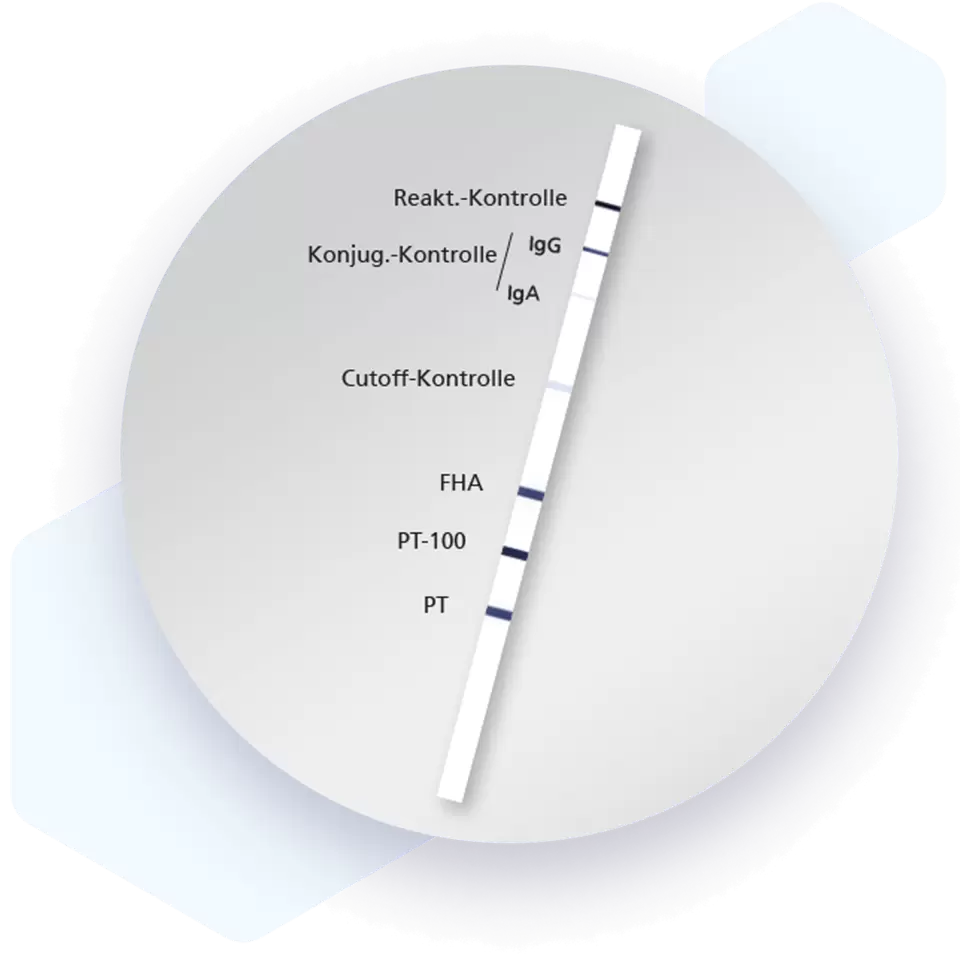
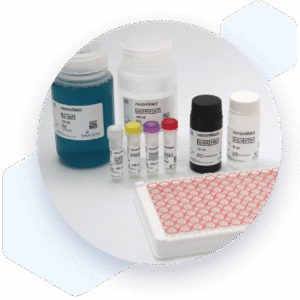

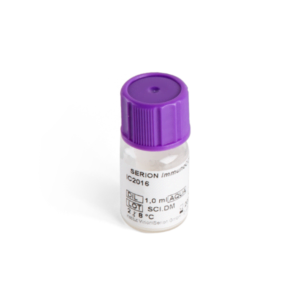
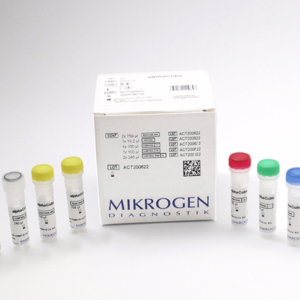
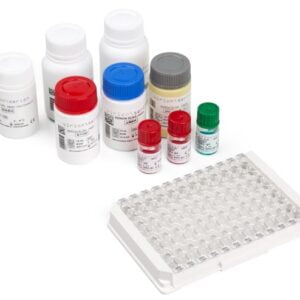
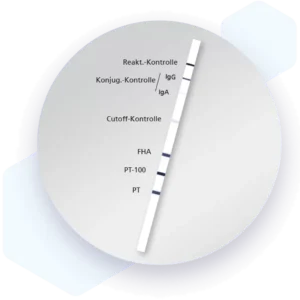
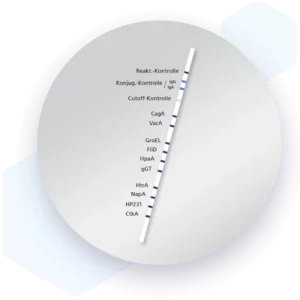
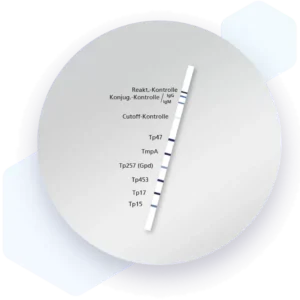
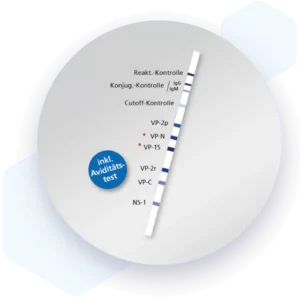
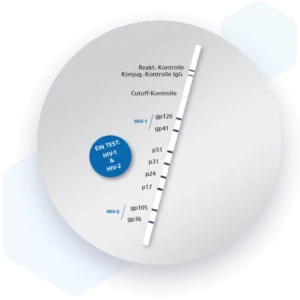
Reviews
There are no reviews yet.